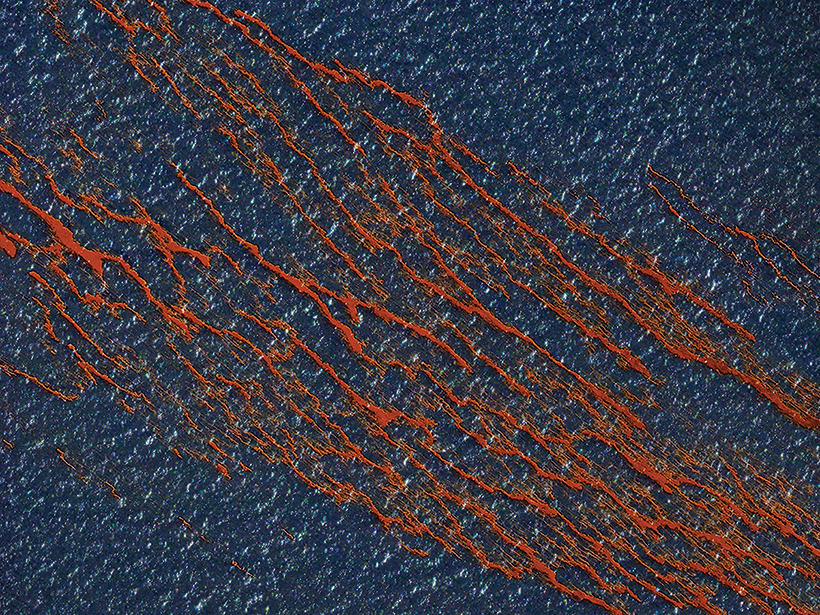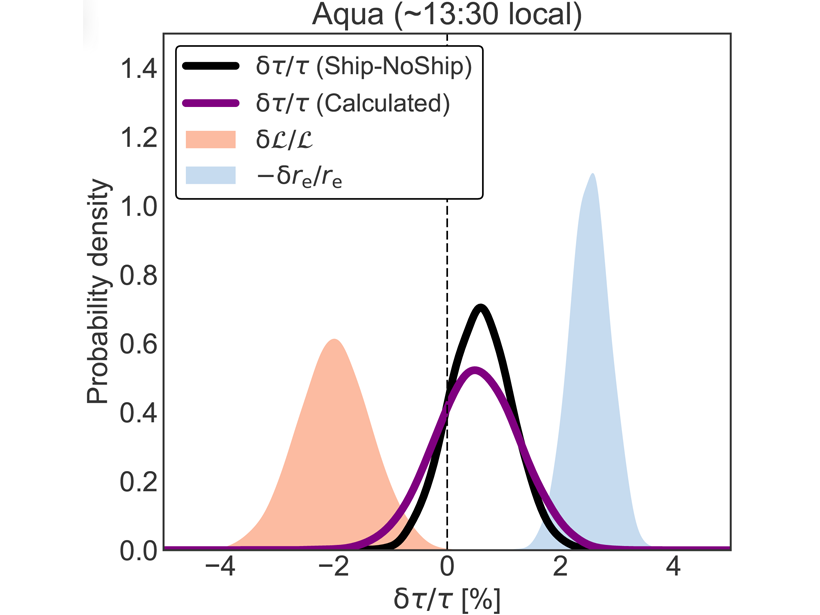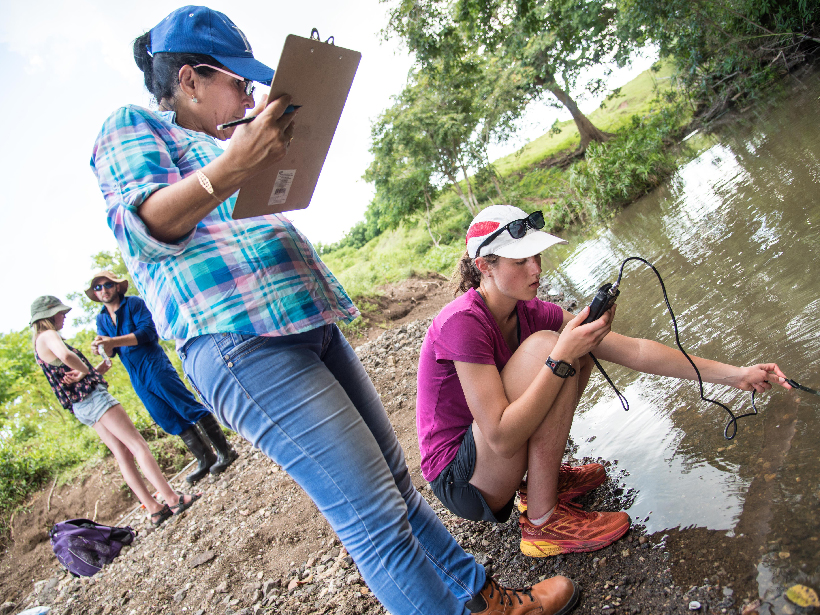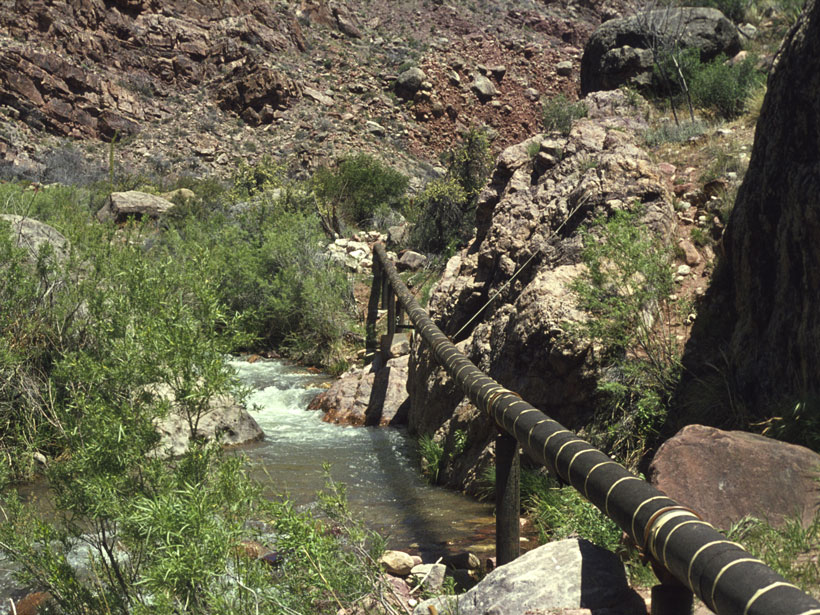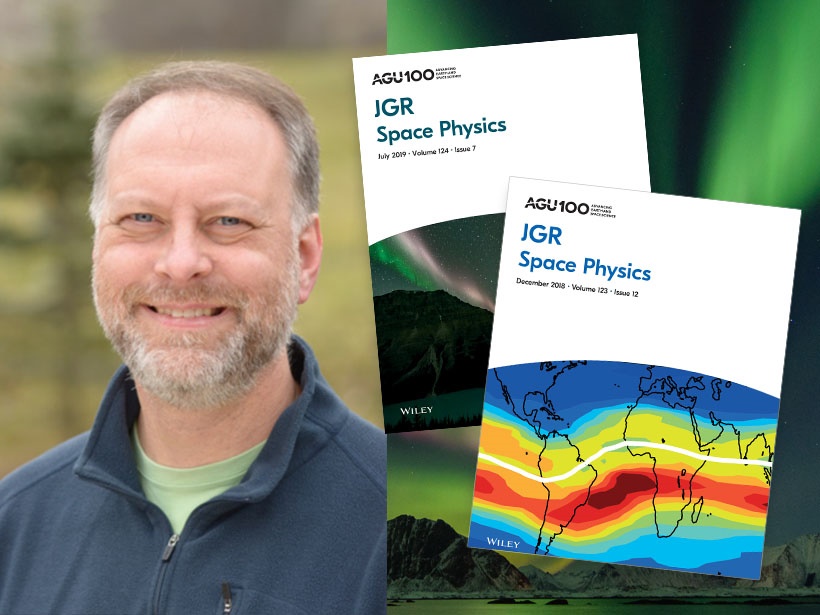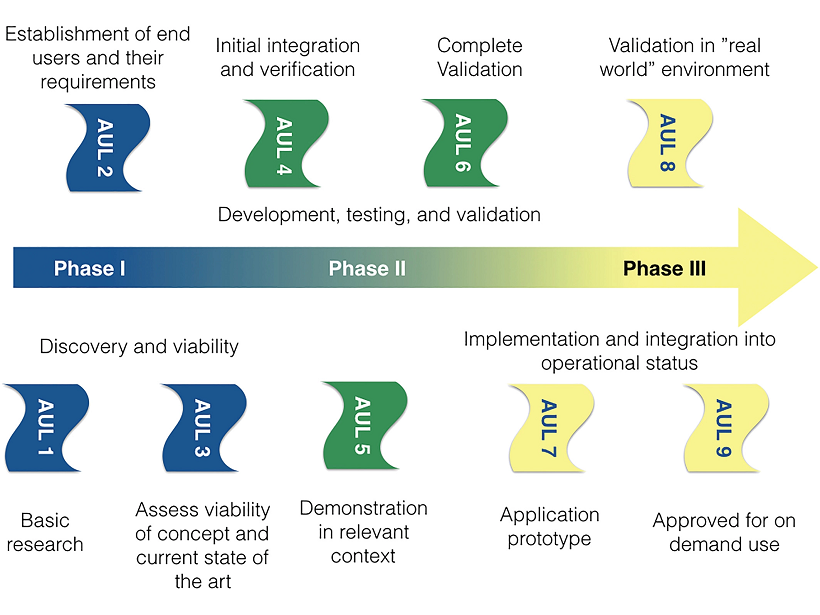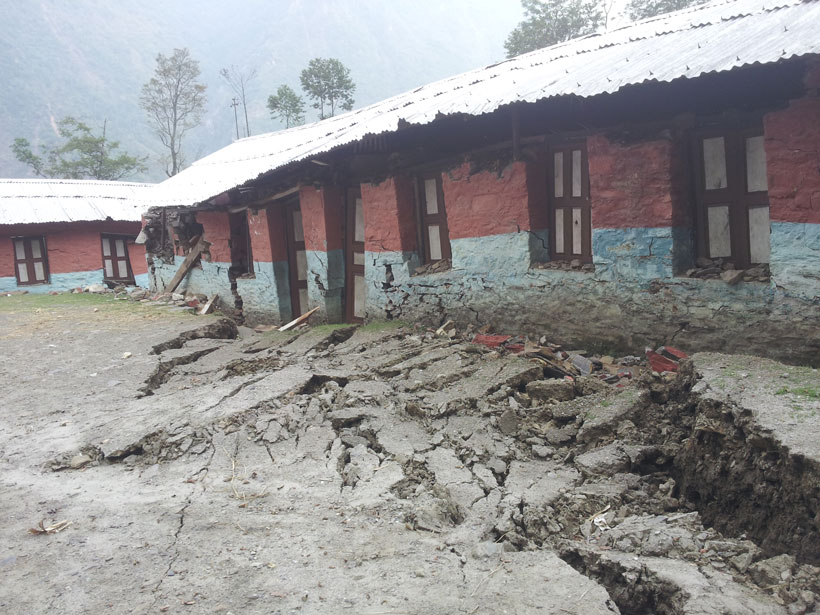At a critical moment in the effort to end one of the world’s worst oil spills, one scientist holed up in his office and pulled an all-nighter to calculate the well’s aquifer support.
CC BY-NC-ND 2020
Quantifying Aerosol Effects on Climate Using Ship Track Clouds
A new methodology for measuring how human emissions influence cloud properties and radiative forcing developed by reconstructing cloud fields in maritime shipping lanes.
The Freshest Mineral Water in the Solar System
The water-rich plumes erupting from Saturn’s moon Enceladus show the chemical signs of water-rock interactions deep within the moon, further implicating Enceladus as a potential habitat for life.
Sustainable Agriculture Reflected in Cuba’s Water Quality
Water samples from 25 rivers in central Cuba are dominated by signs of rock weathering rather than fertilizer runoff, researchers working at Cuban and American institutions show.
Rastreando Los Misteriosos Manantiales Del Gran Cañón
Mejorar los modelos ayudará a proteger una fuente crucial de agua potable para ambos bordes del Parque Nacional del Gran Cañón.
High Water: Prolonged Flooding on the Deltaic Mississippi River
Changing climate and land use practices are bringing extended periods of high water to the lower Mississippi River. New management practices are needed to protect people, industry, and the land.
Six Years with JGR: Space Physics
The outgoing Editor in Chief of JGR: Space Physics reflects on his tenure and expresses his appreciation to all those who contributed to the success of the journal over recent years.
Highlighting the Path from Space Weather Science to Applications
The transition of space weather science from research to operations needs a framework with both good science and a good dialogue with end users.
Geodetic Data Pinpoint Earthquake-Prone Regions of the Himalayas
GPS measurements of the Indian and Eurasian plates reveal four locked segments most likely to produce large earthquakes.
Climate Change Will Reduce Spanish Olive Oil Production
Increased droughts will reduce southern Spain’s olive oil output by 30% before the end of the century.

